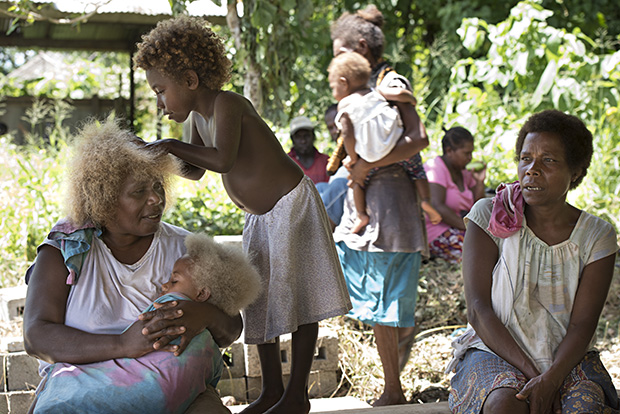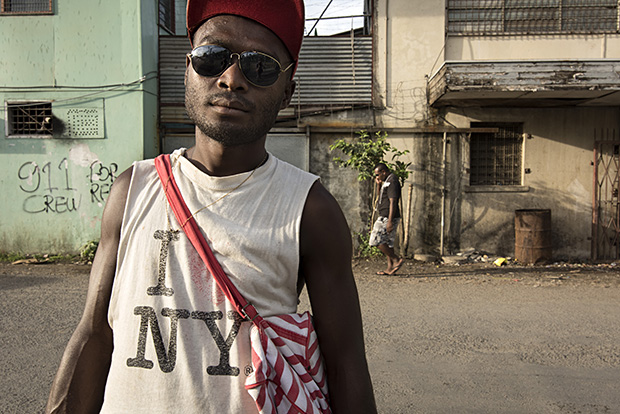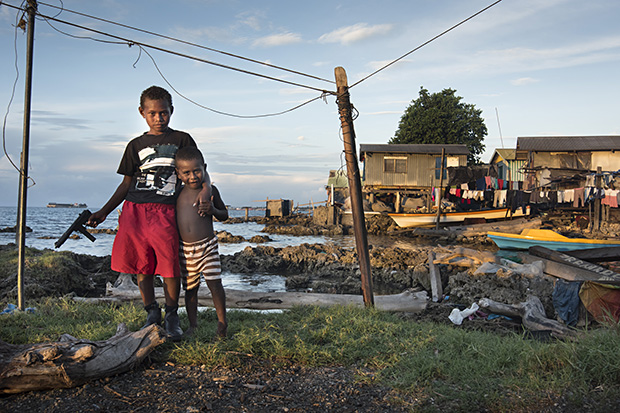Last year, AP contributor Anthony McKee was named 2014 AIPP Documentary Photographer of the Year. Here, he outlines five tips for shooting successful documentary images.
01 HAVE A PURPOSE
Before you head out with your camera work out what you want to say with your photos. This will give you direction and might help you determine how the work will be used. A strong theme might lead to a photo essay or exhibition, rather than another random series.

A small community space in the middle of a coastal village comes alive with activity in the late afternoon. The teenager in the white T-shirt is about to throw a stone to try and hit a few coins as part of a game, while around him, children play games and adults mind babies. Nikon D810, 17-35mm lens @ 30mm, 1/200s @ f/8, ISO 400.
02 TRAVEL LIGHT
One camera and a lens (usually a small wide-angle) is all you need for documentary photography. Leave the camera bags at home or in the hotel room. The less equipment you carry, the less conspicuous you are and the easier it is to blend with a crowd.
A mother gets a helping hand from her daughter during an NGO discussion day. Nikon D810, Nikon 70-200mm VRII (set to 70mm), 1/125s @ f/5.6, ISO 400.
03 BE FORGOTTEN
Be seen, be polite, but then be forgotten. Good documentary photography is not about trying to hide or sneak up on your subject. It’s about letting your subjects forget you’re there.
Like many tropical countries, the Solomon Islands has its share of interesting faces and textures. Aim to include them as part of your photo essay. Nikon D810, 17-35mm lens @ 30mm, 1/125s @ f16, ISO 400.
04 WORK WITH THE LIGHT
Look for the interesting light and then look for the interesting moments. Good documentary photographs can be found at any time of the day, but often morning and late afternoon provide the most interesting conditions.
Late afternoon at a coastal village. "I was about to make a landscape photo of the coastal scene when the two boys walked into frame," says McKee. Nikon D810, 17-35mm lens @ 35mm, 1/250s @ f/11, ISO 800.
05 LOOK FOR STORIES
Documentary photography is very similar to story writing. You need more than nouns – you also need verbs and adjectives! Photographing a person sitting on a street corner is not enough. Capture the people walking past, the interactions, the juxtapositions and the emotions. Make your story interesting and you increase the chance your photo will capture and maintain people’s attention.






